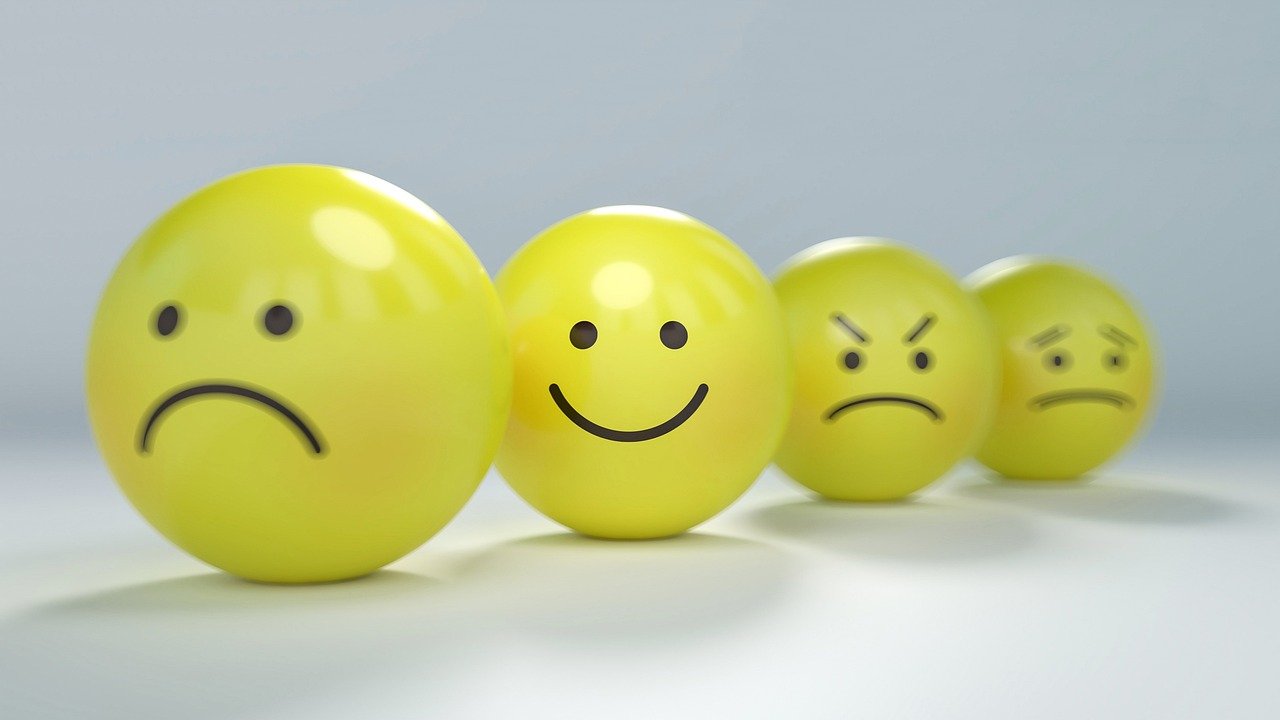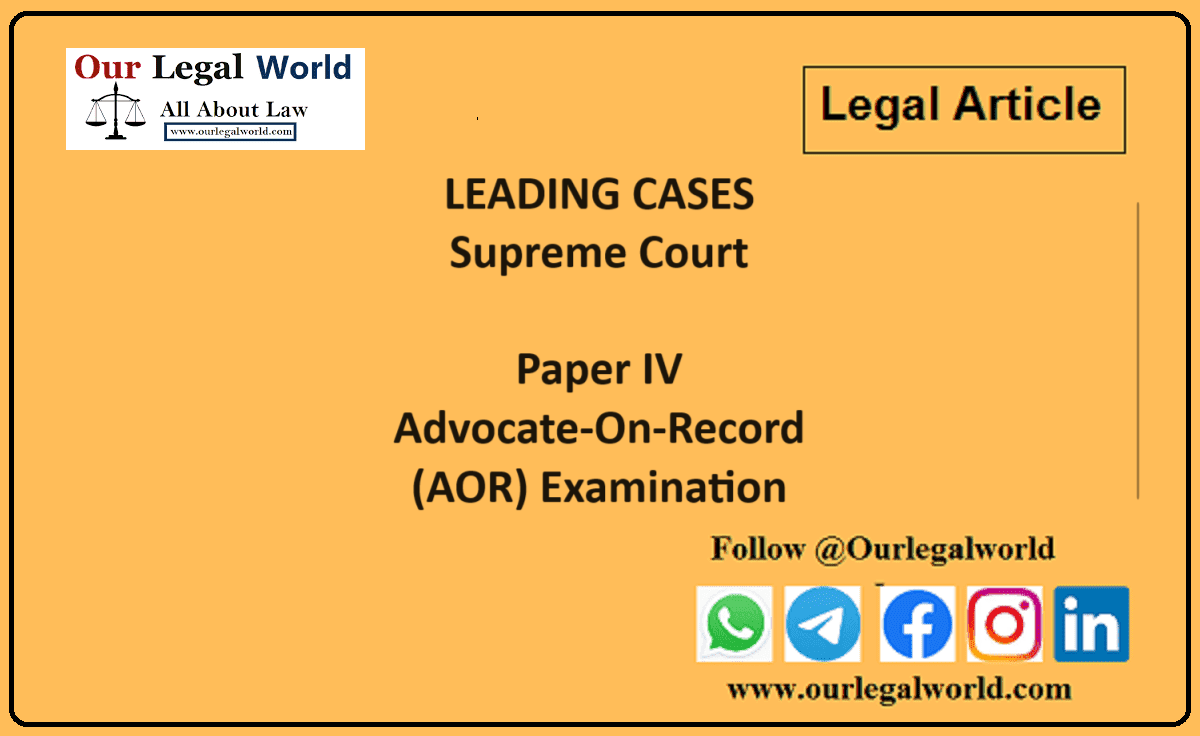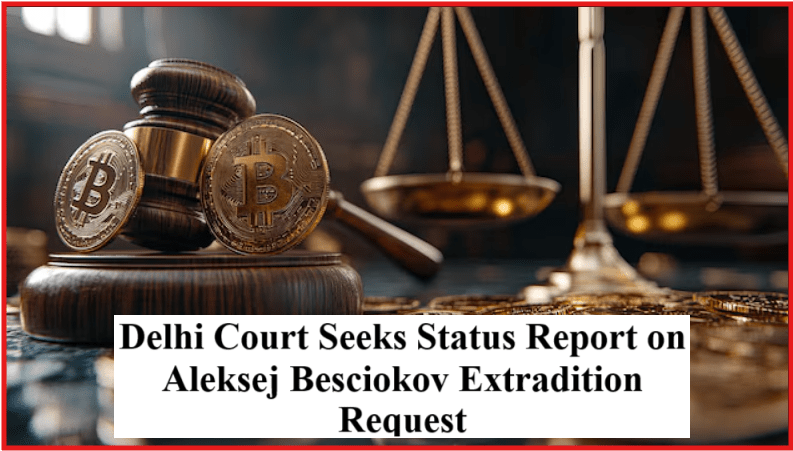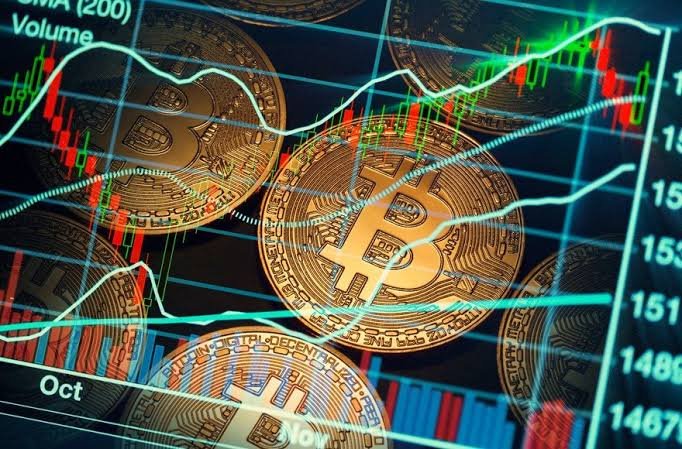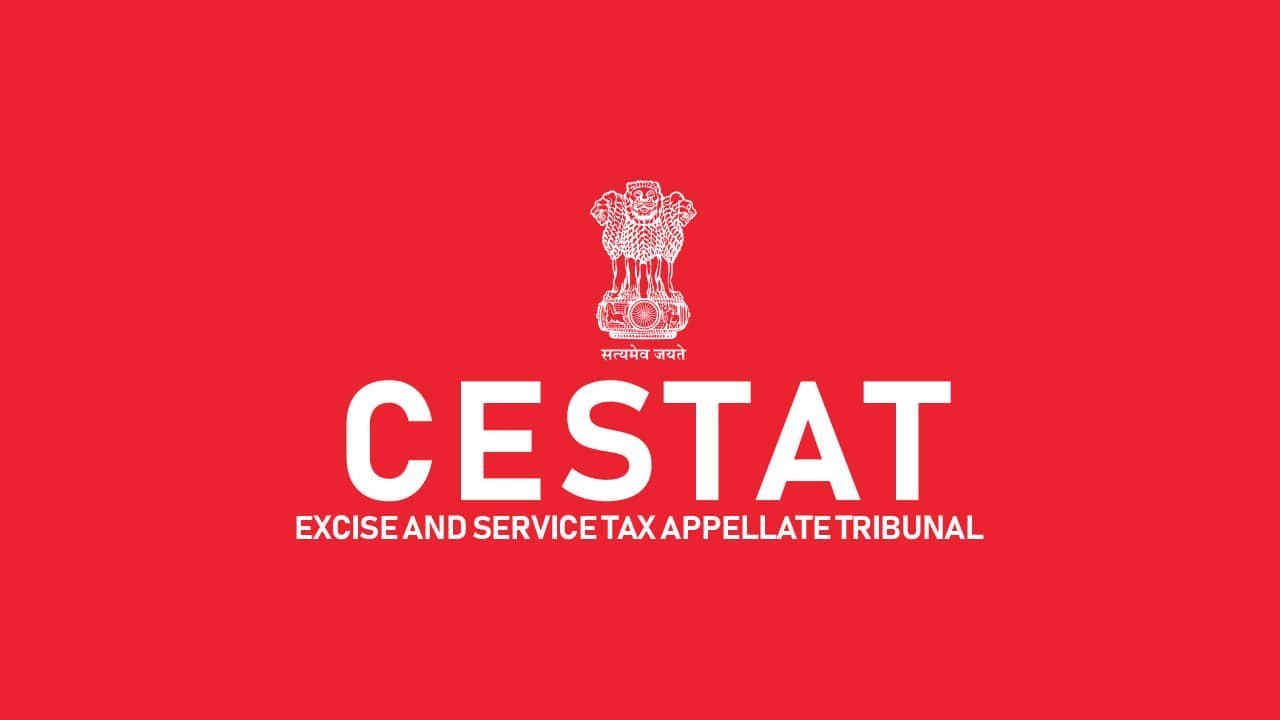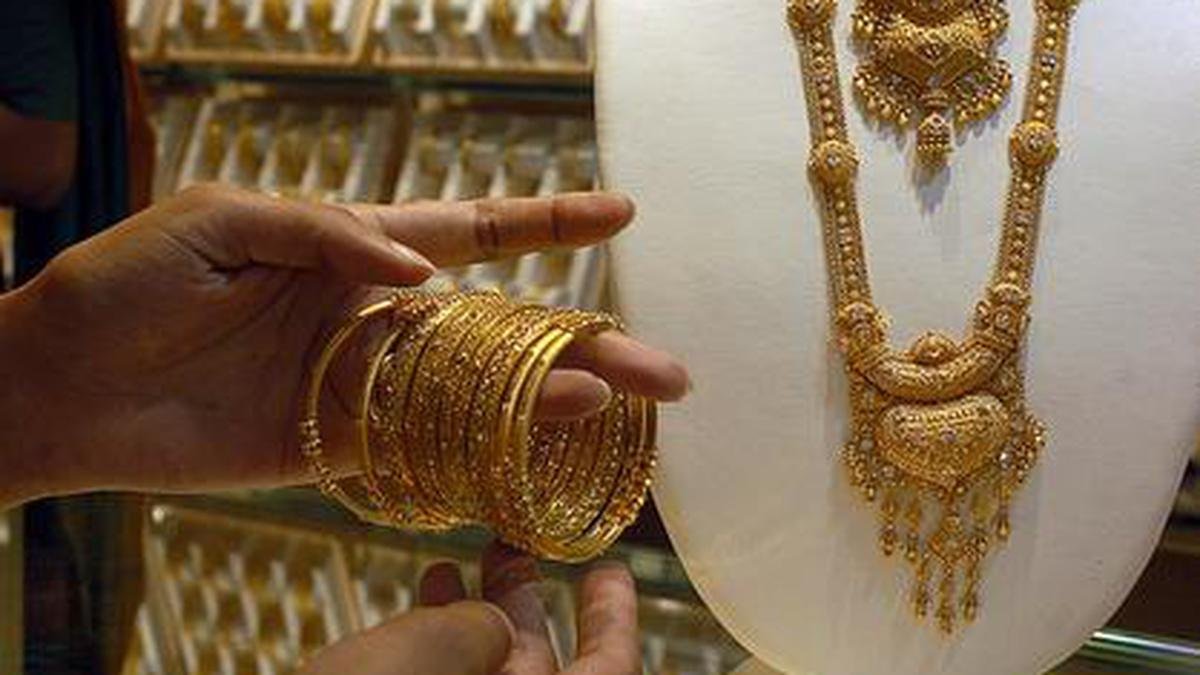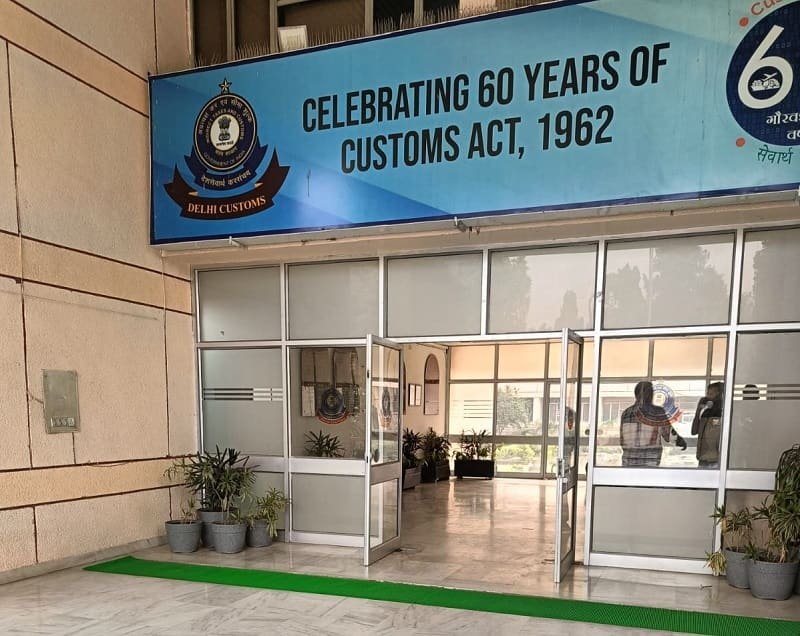Interpreting Emojis in Legal Battles: A Case Study
Written by Simi Rajesh and Rhea Abraham
Recently the Madras HC was faced with a challenge to interpret the meaning of a thumbs up emoji. The case finds its roots in the brutal murder of an Assistant commandant by a constable. The case arose as another constable responded to the news of the murder with a ‘thumbs up’ emoji thereby giving out a sense that that constable was celebrating the murder. The Madras High court however came to the rescue as it noted that the Emojis could have also meant a simple acknowledgement of the message rather than a support to the accused constable. At the appeal stage, the dismissed constable argued that the Emoji had been erroneously sent out. However, the appellants, the Railway Protection Special Force saw this as a moral support to the accused constable. The division bench of the Madras HC dismissed the appeal of the Force in acknowledgement of the fact that the Emoji had actually been sent erroneously with no ill will. The court also recognized that the constable was new to WhatsApp and thus such misconstrued use of emojis may take place.
Also Read: Key Legal Tips Everyone Should Know: Understanding Serious Offenses
EMOJIS MEAN BUSINESS
Emojis are no longer simple casual symbols. It could mean an altogether different thing when one says “I am kidding 😂” or “I am kidding!” For example, the two statements with and without an emoji could easily make someone overthink the tone of the person delivering the sentence. It all depends upon the context in which the emoji is being used. Just as a wave of the hand in the air signifies a “Hello”, emojis too are becoming so frequent that we can associate specific meanings and tones with it. However, symbols in general are very subjective unless used mathematically and can be understood by different people as per their own wishes or ideas.
The emoji confusion at the Madras HC isn’t unique to India, in a US district court case, the court had to interpret the meaning of a smiley face in an email, without which the accused could have been deemed a spy. So clearly, if someone would have written “I am a spy” instead of “I am a spy 😃,” things could have gone the other way. However, since emojis are a normal means of conversation these days, one has to be careful of the kind of emojis being sent out. Sending a racial specific or abusive emoji could also have consequences, after all, emojis are not so difficult to make sense. Communication through emojis may not be formal but are eventually a means of communication.
Further, in a rather strange turn off events, a moon emoji 🌝 used by any investor was misinterpreted by some shareholders as suggesting that the stocks of a particular company are reaching the moon. The court too was in acquiescence of the emoji interpretation of the shareholders, with the observation that- “Just because language can be ambiguous does not mean it is not actionable or capable of being correctly understood. So too with symbols.” The court’s explanation makes sense logically but it makes silly emojis look like serious conversation ways.
Today, emojis have reached the status of a tool for agreeing to a contract. In the case of a Canadian court, the thumbs up emoji was positively interpreted as acceptance to the terms of a contract. Even though it was argued that the thumbs up was simply to signify the receipt of the contract, the court took note of the acceptor’s prior use of terms like “ok” “yup” etc. to conclude that the nature of his usual responses were not to merely signify acknowledgement of receipt rather the acknowledgement of the terms. Such an explanation seems to be better suited for an anticompetitive cartel, where a collusion is assumed by merely a nod or a wink. However, in matters of a contract, the threshold should not be low enough for an emoji. Words like ‘ok’ ‘yup’ etc have a connotation of ‘yes’ but a thumbs up emoji may be seen differently by different persons, thereby making the consensus ad idem questionable.
Then there are also cases where a wrong emoji may send out the wrong signal to somebody and thereby make that person liable for a serious offence such as sexual harassment. For example in another US district case, the use of emojis such as the “winking eye” were seen in the given circumstances of a supervisor sending late night messages to his student, to come to the conclusion of sexual harassment. Here, the court didn’t solely rely on the use of an emoji but that did play a role in analyzing the circumstances thus, emojis should never be used casually with just about anyone.
The observation of the courts gives a sense that even though emojis will be seen in the context of the general conversation, it is easy for emojis to fall prey to subjectivity. These symbols which are generally associated with informal conversations can always be misunderstood and thus people should use emojis with restraint especially in formal settings.
ALWAYS BE CAREFUL OF WHAT YOU TYPE
Emojis are very frequent in today’s digital world which focuses more on court texts. A 😃 emojis may pose more validity than a “thank you” text. But, everyone has got their own interpretation of emojis. For example, the mixed interpretations of 🙏 emoji, it could be a Namaste for right brainers or two people giving a high five to left brainers. Similarly, some emojis have evolved to garner double meanings thereby their use without thought could land someone in serious trouble.
The point is that when it comes to legal or formal dialogues, the use of an emoji falls under the bracket of ‘ambiguous’ thus may be subjected to varied interpretation. An emoji should not be used in business or legal conversations unless there is a corresponding explanation for the meaning. But then there are cases such as the matter before the Madras HC wherein someone might simply react with a thumbs up to a post, even though the court came to the rescue, people in general should beware of using emojis in serious conversations.
